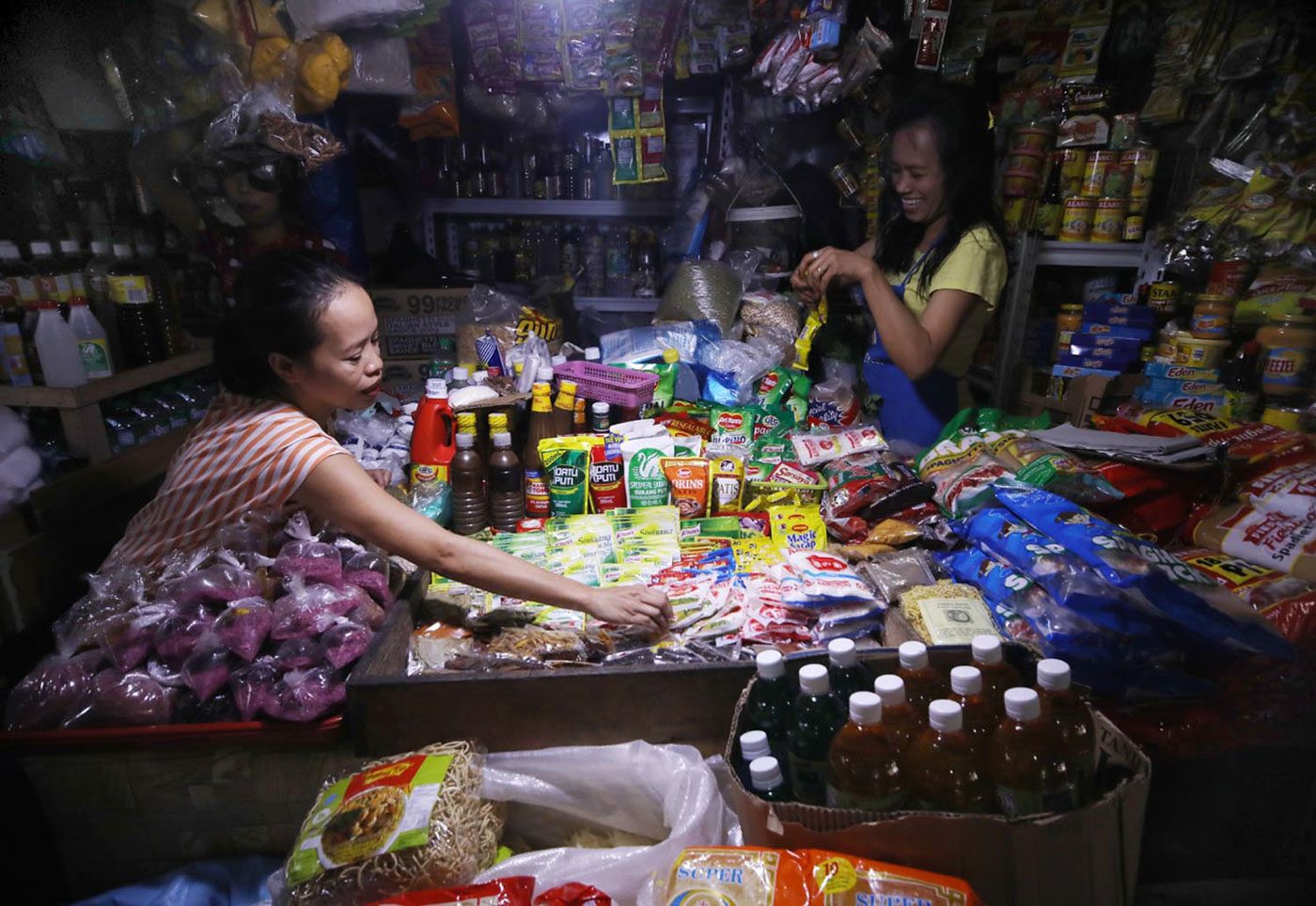SUMMARY
This is AI generated summarization, which may have errors. For context, always refer to the full article.

MANILA, Philippines (UPDATED) – Inflation or the increase in the prices of goods showed no signs of slowing down as it jumped to 6.7% in September.
The latest figure, announced by the Philippine Statistics Authority (PSA) on Friday, October 5, was higher than August’s 6.4% and the highest in more than 9 years, or since February 2009 when inflation was at 7.2%.
The Department of Finance (DOF) projected inflation to settle at just 6.4%, while the Bangko Sentral ng Pilipinas (BSP) forecast 6.8%, with a range of 6.3% to 7.2%.
“The uptrend was primarily brought about by the heavily-weighted food and non-alcoholic beverages index which further accelerated to 9.7% in September 2018,” the PSA said.
Annual increases were also higher in the following:
- Alcoholic beverages and tobacco – 21.8%
- Clothing and footwear – 2.5%
- Furnishing, household equipment, routine maintenance of the house – 3.6%
- Health – 4.1%
- Transport – 8%
- Communication – 0.5%
- Recreation and culture – 3%
Water, electricity, gas, and other fuels decelerated to 4.6%.
Meanwhile, education registered -3.8%. National Statistician Lisa Grace Bersales said that the decline was due to the free tuition in state colleges and universities.
Regional inflation
Inflation in the National Capital Region (NCR) eased to 6.3% in September compared to the recorded 7% in the previous month.
Lower annual increases were also observed in the following commodities:
- Alcoholic beverages and tobacco – 21.6%
- Housing, water, electricity, gas, and other fuels – 4.2%
- Furnishing, household equipment, routine maintenance of the house – 3%
- Restaurant and miscellaneous goods and services – 4.4%
Meanwhile, inflation in areas outside NCR climbed to 6.8% in September, higher than the recorded 6.2% in August.
All regions outside NCR registered higher annual inflation. Among the regions with the highest recorded inflation rates in September were Bicol region (10.1%), Autonomous Region in Muslim Mindanao (9%) and the Ilocos Region (8.6%).
Economists and government agencies already expected inflation for September to rise due to Typhoon Ompong (Mangkhut) wiping out P26.7 billion worth of agricultural goods as well as oil price hikes for 8 consecutive weeks.
The Philippine peso was also being crushed, trading over P54 against the US dollar, placing further pressure on prices of goods.
The central bank raised interest rates 4 times this year, bringing the overnight reverse repurchase rate to 4.5% to protect the currency from speculative attacks.
Various think tanks and lenders, including the World Bank, have downgraded their growth outlook for 2018 due to stubbornly high inflation. (READ: Persistent high inflation may slow down poverty reduction – World Bank)
In a bid to ease inflation, President Rodrigo Duterte issued Administrative Order (AO) 13, removing non-tariff barriers in the importation of agricultural products.
The September Pulse Asia survey showed 51% of Filipinos disapprove of how the Duterte administration is handling the issue of high inflation, which remained their top urgent national concern. – Rappler.com
Add a comment
How does this make you feel?
There are no comments yet. Add your comment to start the conversation.